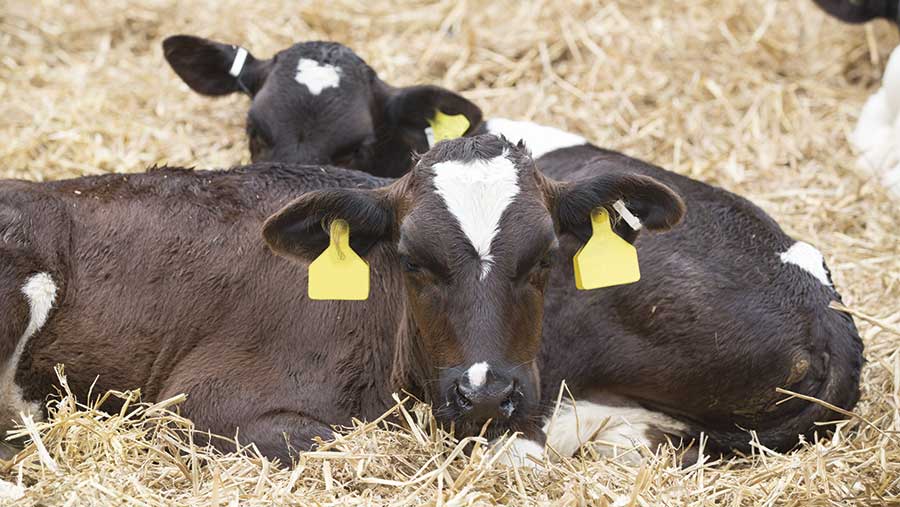Opinion: Sexed semen is the future, for all our sakes
 © Tim Scrivener
© Tim Scrivener We are in the final weeks of mating on the farm. As usual, we artificially inseminated to dairy bulls for four weeks, before switching to Aberdeen Angus and then putting in our Blonde and Angus stock bulls.
The hard work is done, and now we wait with bated breath to see the scanning results. Unlike some of our spring-calving colleagues, we weren’t brave enough to try sexed semen this year.
We reduce the number of dairy bull calves born by using the minimum amount of dairy semen to get our required replacement heifers, but this does result in a not insignificant number of males which unfortunately are worth very little when sold at market.
See also: 7 steps to better calf nutrition
It seems this year there has been an explosion in the profile of sexed semen, certainly in block calving circles. While all-year-round herds have been using it for years, many block calvers feel the drop in conception rate is too big a risk.
There is also limited availability of bulls with the right genetics. That seems to be changing, with several companies now offering grazing genetics in sexed semen.
However, it still feels like something of a minefield, with different studies showing different results, and variables such as transportation, fresh versus frozen, different technologies, use of synchronisation programmes and handling of straws all adding variables.
And that’s before you even get into issues affecting fertility on individual farms.
But there is no doubt that sexed semen is the future, and we all have a duty to embrace it in order to protect our reputation, both at a farm and industry level.
If we don’t make the change, our milk buyers will force us to before long.
Those shooting bull calves at birth are in a minority, but unlike most things we do on farm there is simply no way to put a positive spin on this. With ever-increasing scrutiny from activists and the general public, we simply can’t take the risk.
Many dairy bull calves are sent for processing at only a couple of weeks old. This does bring in a small amount of income to compensate the farmer for rearing the calf to that stage, and means that the animal is not wasted, but from a welfare point of view it is barely preferable.
But the alternatives, particularly for those using crossbred and Jersey genetics, are limited. This is where the market needs to step up.
There are several things that need to happen to improve the situation – better choice of sexed semen and a reduction in cost as the market expands, more market opportunities for dairy bull calves including crossbreds, incentives to create AFUs (Approved Finishing Units) for those under TB restriction, and increased use of beef genetics.
Milk buyers and the beef industry both have a role to play.
I’ve yet to meet a farmer who wouldn’t prefer to see bull calves being reared, but the financial incentive is not always there to do it. There are several companies running schemes to rear bull calves, but they will usually not take crossbred animals.
If milk buyers want us to supply an ethical, higher welfare product, they need to pay us more for the additional effort to produce it and use this positive message as a lever to add value to milk.
If all the different stakeholders can work together, we could quickly make unwanted dairy bull calves a thing of the past.
